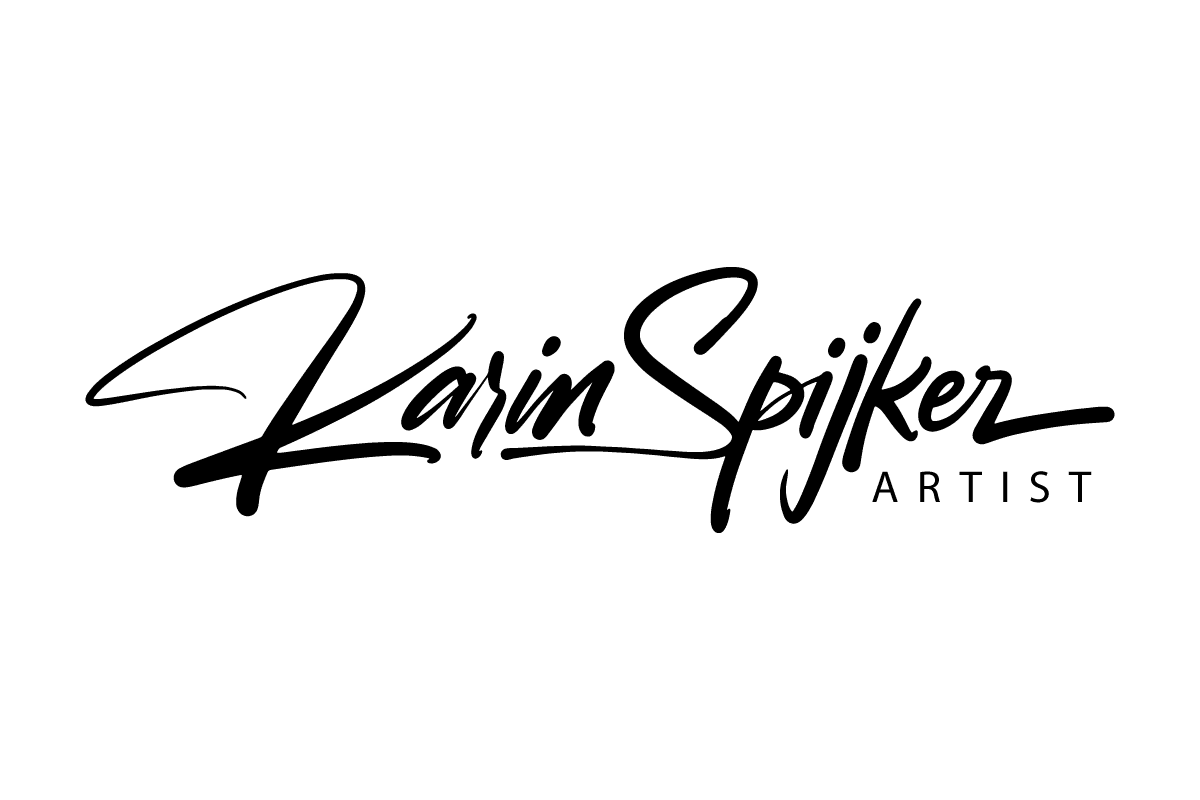The art and science
of medical illustration
I recently bought a series of medical books from a physical therapist through an online secondhand marketplace. These books were packed with detailed medical illustrations, and as I picked them up, the therapist asked me an unexpected question: “Are you a doctor? What do you need these books for?”
When I explained that I was a medical illustrator, his response caught me off guard: “A medical illustrator? Is that even a real profession?” I couldn’t believe it—a healthcare professional unaware of this specialized field!
A week later, during an online presentation, I introduced myself as a medical illustrator and visual artist. To my surprise, the host and attendees were just as puzzled. Questions poured in: “What is a medical illustrator? Do you work in medicine? What exactly do you do?” That’s when it hit me. While being a medical illustrator feels second nature to me, the concept is unfamiliar to many. This realization inspired me to write this blog post to demystify the field of medical illustration, explore its importance, and share what it means to be a professional in this fascinating niche.
What is a medical illustration?
Medical illustration is a fascinating and essential field that combines art and science to create visual representations of medical and biological subjects. These illustrations are crucial in education, communication, and research within the medical community. Whether you’re a student, a healthcare professional, or just someone curious about the intersection of art and medicine, understanding medical illustrations can be both enlightening and inspiring.
Medical illustration is an artistic endeavor that transforms complex medical, anatomical, and biological information into clear and engaging visual content. These illustrations can vary widely, from straightforward line drawings to intricate 3D models, each tailored to serve specific educational or communicative purposes. Medical illustrators are uniquely skilled professionals who blend artistic talent with a deep understanding of biology, anatomy, and medical procedures. This unique combination enables them to create visually pleasing, scientifically accurate, and informative works.
The process begins with thorough research. Medical illustrators dive deep into textbooks, scientific articles, and other reputable sources to gather all necessary information. They often consult directly with medical experts to ensure their understanding is precise. This meticulous research phase is crucial, as it lays the foundation for the accuracy of the illustration.
Once the research is complete, the illustrator moves on to the sketching phase. Here, they draft initial concepts, focusing on capturing the essential details and ensuring clarity. This can be done using traditional methods like pencil and paper or through digital tools that offer more flexibility and options for refinement.
The final stage involves rendering the illustration, where artists use various techniques to bring their sketches to life. Digital tools like Adobe Illustrator and specialized 3D modeling software are frequently used to create detailed and dynamic visuals. These tools allow for adjustments and enhancements that ensure the final product is accurate and engaging.
In essence, medical illustration is a vital bridge between complex medical concepts and the audiences that need to understand them, making challenging information accessible and visually appealing.
Be able to draw an illustration at least well enough to get your point across to another person. – Marilyn vos Savant
What is the purpose of a medical illustration?
Medical illustrations are essential for making complex medical information more understandable and engaging. These visual representations serve various purposes, each contributing to the medicine uniquely. For students and professionals, medical illustrations provide a clear and concise way to learn and review intricate anatomical structures, physiological processes, and medical procedures. Translating detailed text into visual form makes grasping and retaining challenging concepts easier.
Medical illustrations are invaluable in patient education. They help bridge the gap between medical jargon and patient comprehension, offering clear visual explanations that aid in understanding diagnoses, treatments, and surgical procedures. This can be particularly helpful in alleviating patient anxiety and ensuring they are well-informed about their medical conditions and care plans.
Medical illustrations are indispensable in research and publication. They enhance scientific articles, research papers, and medical textbooks by providing detailed and accurate visual representations that complement and clarify the written content. This not only aids in communicating complex information but also ensures that data is presented in a more engaging and accessible format.
Medical illustrations are also widely used in legal contexts, such as malpractice cases or injury claims, where visual evidence can be crucial in explaining medical conditions and treatments to a non-medical audience. By illustrating medical facts and scenarios clearly and accurately, they help legal professionals and juries better understand the medical aspects of a case.
In summary, medical illustration’s purpose spans education, patient care, research, and legal communication, making it a versatile and indispensable component of the medical field.
What is medical illustration used for?
Medical illustrations serve various crucial functions across multiple fields. They are invaluable resources for medical students and professionals in educational settings, offering clear and detailed depictions of anatomical structures, physiological processes, and medical procedures. These illustrations are prominently featured in textbooks, academic journals, and online courses, where they help simplify complex concepts and enhance learning experiences.
Medical illustrations are essential for patient education in clinical environments. They provide visual aids that help patients better understand their diagnoses, treatment options, and surgical procedures. This visual clarity can reduce anxiety, improve comprehension, and facilitate more informed decision-making regarding healthcare.
In research, medical illustrations enhance the communication of scientific findings. Researchers and authors use them to visually represent data, anatomical variations, or procedural steps in research papers and conference presentations. These illustrations help convey complex information more effectively, making scientific communication more accessible and engaging.
Medical illustrations are also valuable tools in the legal field. Clear and accurate visual representations of medical conditions and procedures can be pivotal in cases involving medical malpractice, personal injury, or other health-related legal matters. They help lawyers, judges, and juries understand medical evidence and terminology, which can be critical in reaching fair and informed decisions.
Additionally, medical artwork is increasingly utilized in digital applications such as mobile apps and virtual reality platforms. These technologies offer interactive and immersive learning experiences, broadening the scope and impact of medical illustrations. From augmented reality training simulations to patient education apps, the digital realm is expanding how medical illustrations are used to educate and inform.

Medical illustrations are created specifically for educational books and publications.
How is a medical illustration made and what techniques are used?
Creating a medical illustration is a fascinating journey that intertwines meticulous research with artistic finesse. Medical illustrators begin by diving deep into authoritative sources like textbooks and scientific articles, and often direct consultations with medical experts. This research phase is crucial, ensuring that the information they convey is accurate and up-to-date.
Once the research is compiled, illustrators draft initial sketches. These sketches aim to capture the essential details and are usually created using traditional methods such as pencil and paper or digital tools that allow for easy adjustments. This stage focuses on achieving clarity and accuracy, ensuring every aspect of the subject is correctly represented.
As the illustration progresses, artists employ various techniques to bring their sketches to life. Digital tools like Adobe Illustrator and specialized 3D modeling software are commonly used to add depth, color, and detail. These tools offer a range of refinement options, allowing illustrators to make precise adjustments and enhancements.
Collaboration with medical professionals is often essential throughout the process. Medical illustrators frequently consult with doctors, surgeons, and researchers to verify the accuracy of their work, ensuring that every detail is scientifically sound. This collaborative effort helps bridge the gap between complex medical information and accessible visual content, making it easier for audiences to understand and learn.
Ultimately, the process of creating medical illustrations is a blend of art and science, requiring a keen eye for detail, a deep understanding of medical concepts, and a passion for visual storytelling.
How accurate should a medical illustration be, and what sources should be used for reference?
Ensuring accuracy in medical illustrations is vital, as these visuals are essential tools for education, research, and patient care. Medical illustrators meticulously verify their work by consulting authoritative sources like medical textbooks, peer-reviewed journals, and direct conversations with healthcare experts. They pay close attention to every detail, from the anatomical correctness of structures to the precise depiction of medical procedures.
Medical illustrators often collaborate with doctors, surgeons, and researchers during creation. This teamwork ensures their illustrations accurately reflect the latest medical knowledge and practices. They also stay updated with medical discoveries and technological advancements to keep their illustrations relevant and current.
Digital tools, such as Adobe Illustrator and specialized 3D modeling software, further aid in achieving precision. These tools allow illustrators to make detailed adjustments, enhancing the accuracy and clarity of the final product. By combining artistic skill with scientific rigor, medical illustrators produce visuals that are not only beautiful but also reliable and informative.
The pursuit of accuracy in medical illustrations involves thorough research, expert consultation, and advanced technology, ensuring that these visuals are trusted resources in the medical field.
What role will medical illustration play in the future of healthcare and education?
The future of medical illustration holds incredible promise, driven by technological advancements and innovative methodologies. Emerging digital tools and software are revolutionizing how medical art is created, allowing for more precise and dynamic visuals. Virtual reality (VR) and augmented reality (AR) are groundbreaking, offering immersive, interactive experiences that enhance learning and comprehension for medical students and professionals. These technologies can simulate complex procedures or anatomy in 3D, providing a hands-on learning environment without the risks associated with real-life practice. Additionally, artificial intelligence (AI) and machine learning are beginning to play a role, enabling the creation of highly detailed and personalized medical illustrations based on vast datasets. As these technologies evolve, medical illustrations will become more accurate and accessible, providing invaluable resources across various fields such as education, patient care, and research. The integration of these cutting-edge tools signifies a new era in medical illustration, where complex medical concepts are made even more understandable and engaging, fostering a deeper understanding and appreciation of the medical sciences.
Drawing makes you see things clearer, and clearer and clearer still, until your eyes ache. – David Hockney
Start visualizing!


